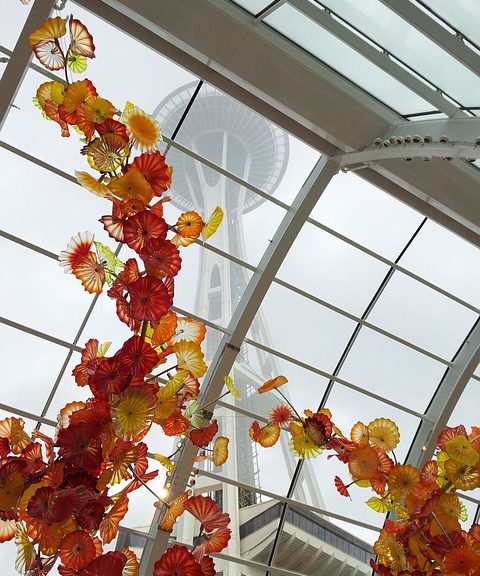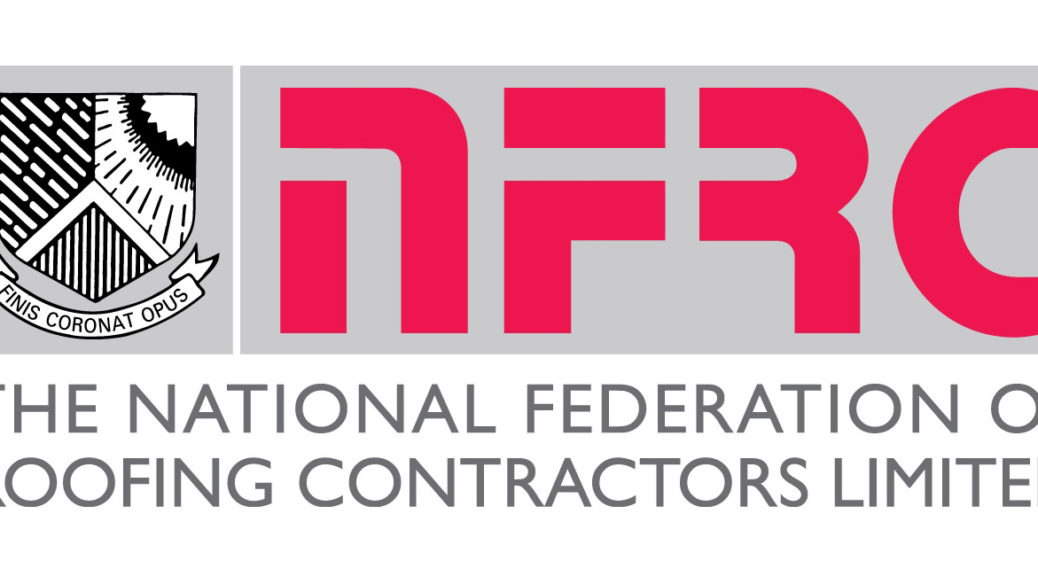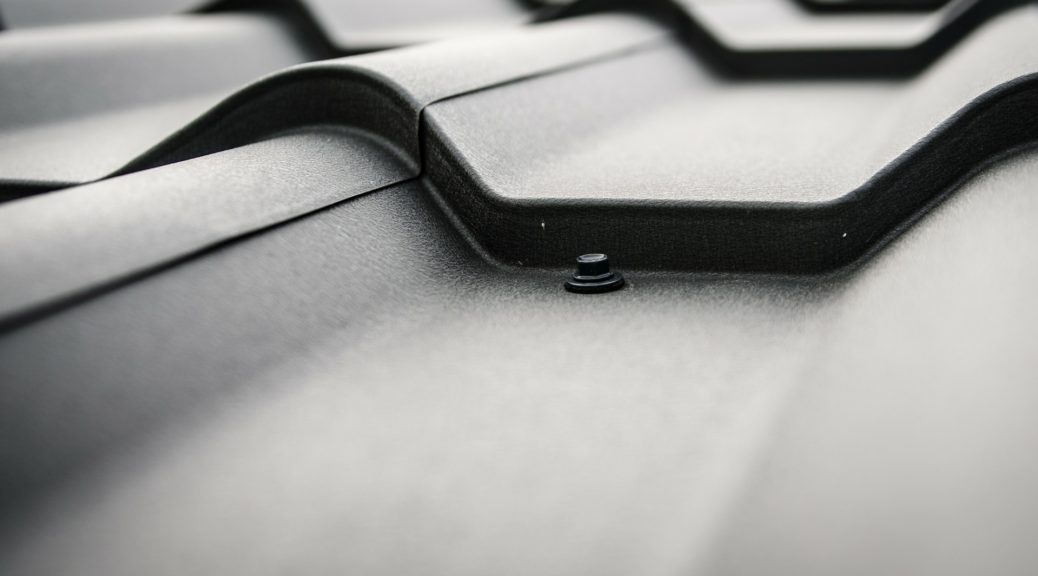Roof conversion ideas for modern living
Are you currently happy with your existing conservatory and how you are using it? If your answer is no but you don’t want to go through all the hassle and expense of a full conversion then you might be interested in some roof conversion ideas that can maximise the usable space and turn your conservatory into a pleasant place for your plants and even family members.
Upgrading your polycarbonate roof
One of the most popular roof conversion ideas is increasing the insulating properties of your conservatory roof by replacing polycarbonate with glass. Some people opt for a clear glass roof to maximise the amount of light coming into the space although it is worth bearing in mind that some conservatory plants actually prefer to be out of the direct light as much as possible.
This highlights the importance of weighing up various roof conversion ideas in light of your personal circumstances. If you decide that you are not bothered by the glare, your plants, furnishings and occupants are OK with direct light and you only require modest improvements in insulation then a glass or high-performance glass replacement roof may be the cheapest and quickest option.
Replacement Solid Roof Systems
If you require a substantial improvement in your conservatory’s thermal properties, less direct light and a way of preventing excessive heat in summer as well as overly cold winter conditions (i.e. an even temperature) then a solid roof system may be more suitable. There are numerous systems on the market and you may have heard of the following:
- Guardian
- Metrotile
- Supalite – (see our Supalite Roof Review feature)
- Ultraframe
Speak to your local conservatory roof conversions company to see what options they have available.
A note on Building Regulations
There is a lot of confusion about whether solid roof systems are subject to Building Regulations. The short answer is that it largely depends on the proportion of glass in your conservatory which, of course, varies with each particular building. Speak to your chosen contractor about this and read the following LABC advice before making any decisions.



